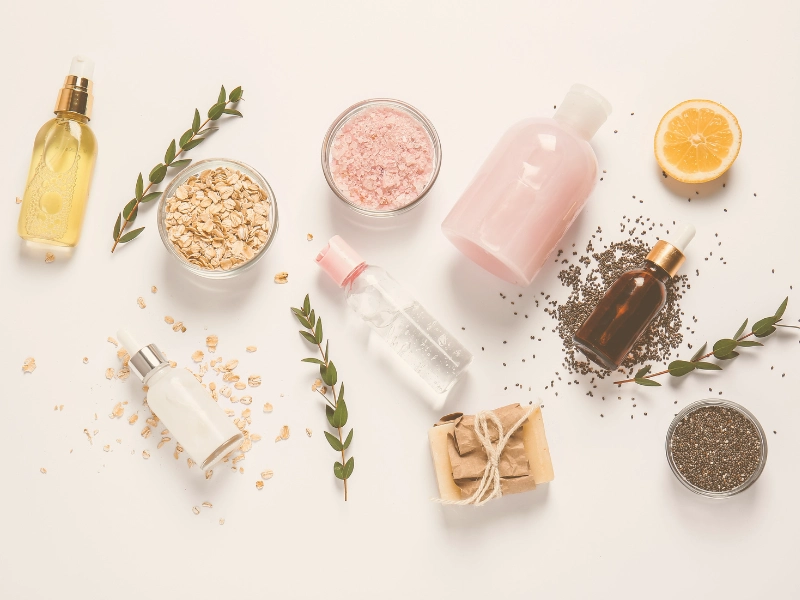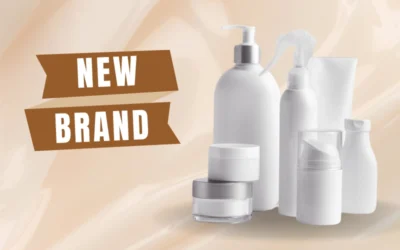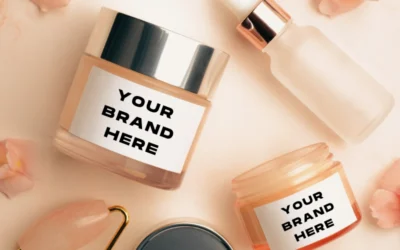Clean beauty is transforming the cosmetics and skincare industry in several significant ways. Here’s how it’s driving change:
1. Demand for Transparency
Consumers are increasingly aware of what goes into their beauty products, seeking transparency about ingredients and manufacturing practices. Clean beauty brands emphasize clear labeling, often avoiding harmful chemicals like parabens, sulfates, and synthetic fragrances. This transparency builds trust and reshapes customer expectations across the entire beauty industry.
2. Shift Toward Sustainable and Ethical Practices
Clean beauty has fostered a shift toward sustainability, with brands adopting eco-friendly packaging, cruelty-free testing, and responsibly sourced ingredients. This focus on ethical practices appeals to environmentally conscious consumers, forcing the wider industry to adopt greener and more ethical standards to stay competitive.
3. Focus on Natural Ingredients
Clean beauty brands prioritize the use of natural and plant-based ingredients, avoiding synthetic chemicals and irritants. This shift has led to a surge in demand for formulations that are gentle on the skin, non-toxic, and better for long-term health, pushing traditional brands to reformulate their products or create cleaner product lines.
4. Increased Innovation in Product Development
The rise of clean beauty has driven innovation, as brands seek to create high-performing products using safe, natural, and eco-friendly ingredients. This has challenged the perception that “clean” products are less effective than conventional ones, spurring technological advancements in green chemistry and natural preservation techniques.
5. Consumer-Led Movement
Clean beauty is largely a consumer-driven trend, with customers advocating for more ethical, safe, and sustainable choices. Social media, influencers, and beauty bloggers have played a crucial role in raising awareness about ingredient safety and promoting clean beauty, forcing larger brands to respond to the evolving preferences of this conscious consumer base.
6. Changing Regulatory Environment
As the clean beauty movement gains momentum, it has also influenced regulatory bodies to review and update safety standards for cosmetics. This shift may lead to stricter regulations on ingredients and clearer guidelines, raising the bar for product safety and pushing the entire industry toward cleaner, safer formulations.
Clean beauty is no longer a niche; it’s rapidly becoming the new standard in the beauty industry. This shift is encouraging brands to rethink their strategies, align with consumer values, and prioritize health, ethics, and sustainability.




0 Comments